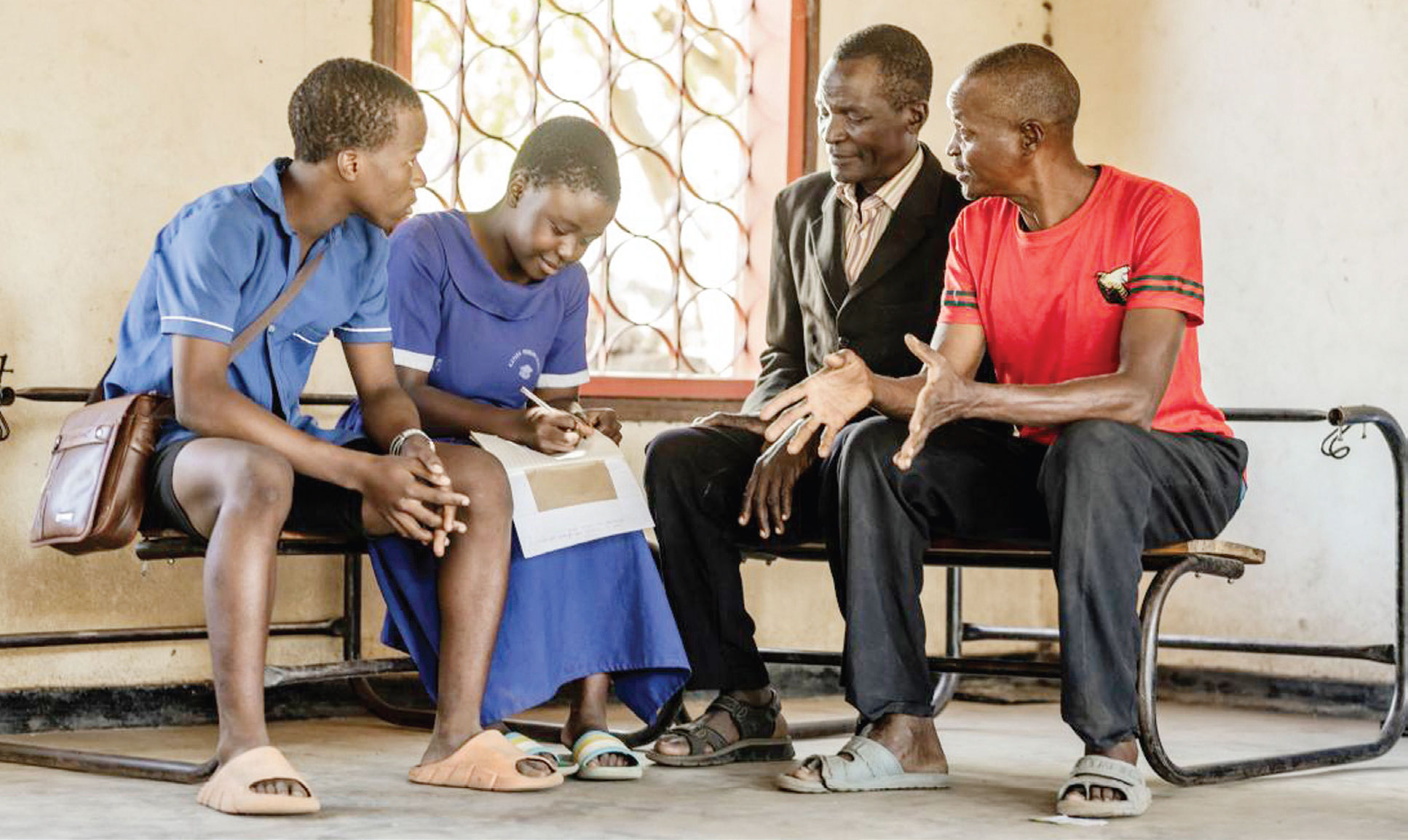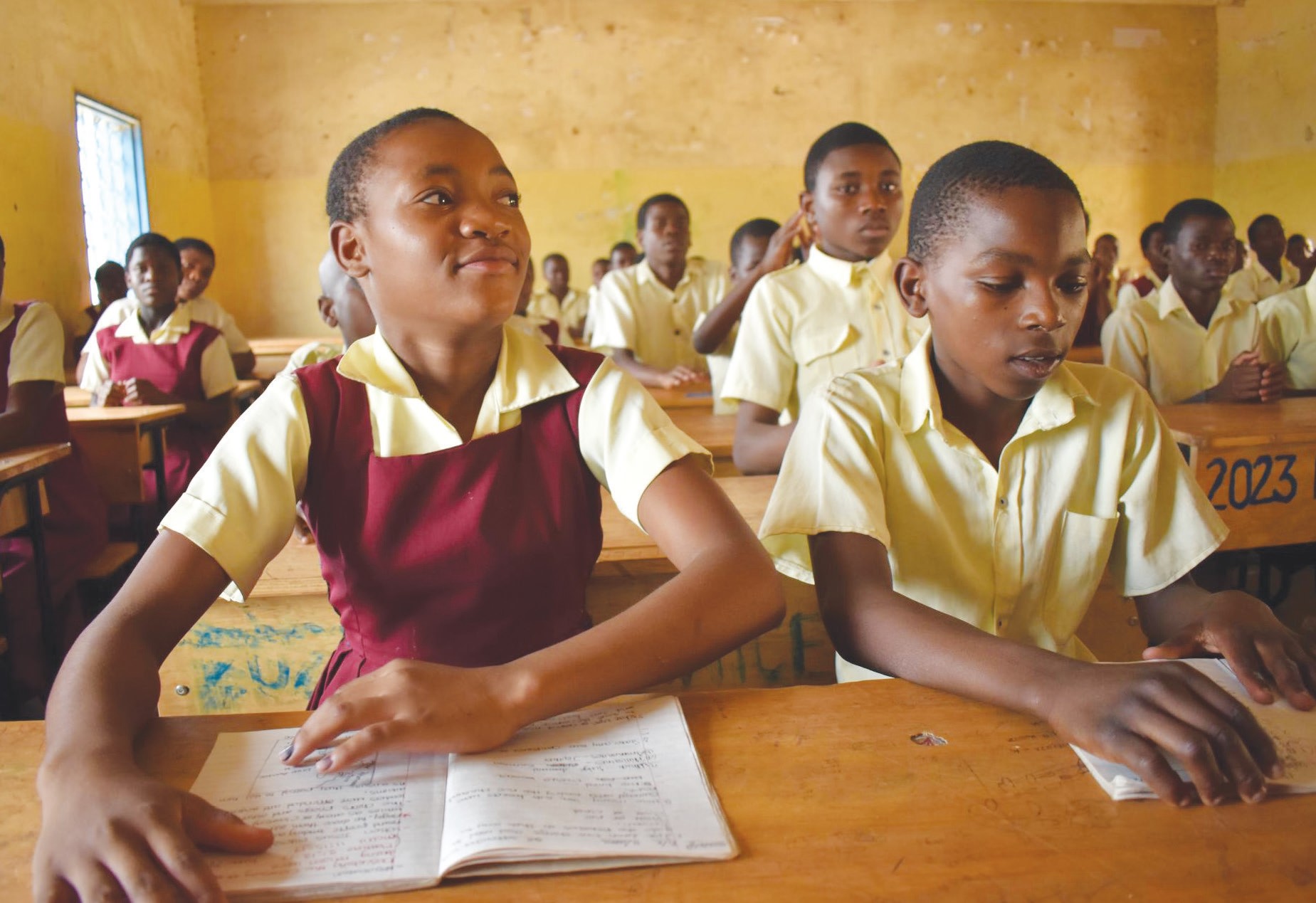How Zomba has wooed girls to school
And so, after two years, she returned to school. She passed her Primary School Leaving Certificate of Education (PSLCE) and was selected to Mulunguzi Secondary School. But while in Form 4, the ugly head of misfortune showed itself again. Bestoni failed to sit the Malawi School Certificate of Education (MSCE) examinations because there was no one to pay for her examination fees.
She gave up, never returning to school again. She later got married.
“I loved school and I had faith that I would make it, but circumstances failed me,” said Bestoni.
But today, although she owns a booming small business, Bestoni wishes she had someone to encourage her to chase her dreams and not to give up because education is the key to success.
It is for this reason that Bestoni is a volunteer teacher aid in the Girl Education (GE) programme run by Save the Children in Zomba. A teacher aid is a female volunteer whose role is to foster girls education in the community.
“When I was approached by Save the Children, I saw my own life in what they were saying. If I had a teacher aid during my school days, maybe she would have encouraged me to go on, or to try something else to raise the money I needed,” said Bestoni.
The GE programme has been running for the past three years in 35 schools in T/A Mlumbe area with the aim of building a bright future for girls. This was after the organisation noticed that access to quality education in rural areas is still a challenge because of high dropout rates and absenteeism due to increased HIV and Aids-related cases.
According to deputy country director of Save the Children, Ajeeba Aslam, their statistics show that nearly 50 percent of girls dropout by the time they reach Standard 5 and a further 25 percent dropout before Standard 8.
But thanks to the GE programme, since its inception in 2007, more than 3 000 students, both girls and boys, have returned to school in the district.
That is not all. Pupils in the area have also shown improved reading and numerical skills. This achievement is attributed to the buddy systemâ€â€another concept under the GE programme. In the buddy system, pupils in junior classes are attached to someone from senior classes who will ensure that they do their homework and are in school all the time.
“In this concept, we just want pupils to help and encourage each other with their education. When one understands and knows what they are doing in class, they become more interested. So the buddies are provided with school material which they take home and educate their younger counterparts. They are paired in such a way that they come from the same area not to cause problem.
“Other than that, the programme also took on other concepts like the Nditha Clubs were pupils’ confidence levels are enhanced, debate clubs as well as bright future committees which comprise school officials, parent/teacher association (PTA) members and community leaders who discuss the future of their children’s education,” said Aslam.
The GE programme will wind up in March this year. Last Wednesday, Save the Children met various stakeholders in Liwonde to discuss the challenges, successes and lessons learnt from the programme.
“From this meeting, the main challenge raised is the difficulty in sustainability because the teacher aids and all others are volunteers. But there is hope because some of the communities have owned the project.
“It is also important to note that the achievements of the programme cannot be attributed to Save the Children alone. In some areas, other organisations like Fawema, Action Aid and Unicef, among others, also contributed to its success. That is also why the [Wednesday] meeting has included these organisations. We have the same goal,” said Aslam.
Also present at the meeting was director of basic education in the Ministry of Education Science and Technology, McKnight Kalanda. He said the concepts used in the programme have proved to be effective and government could adopt them.
“Generally speaking, girls’ education is improving in the county because now 51 percent of girls are enrolling in primary schools. In last year’s PSLCE examinations, more girls were selected than boys.
“The advantage with Zomba is that government is also working in this area in the pilot stage of a project which requires each school to come up with a school improvement plan and we can see more and more success stories in the education sector,” said Kalanda.





